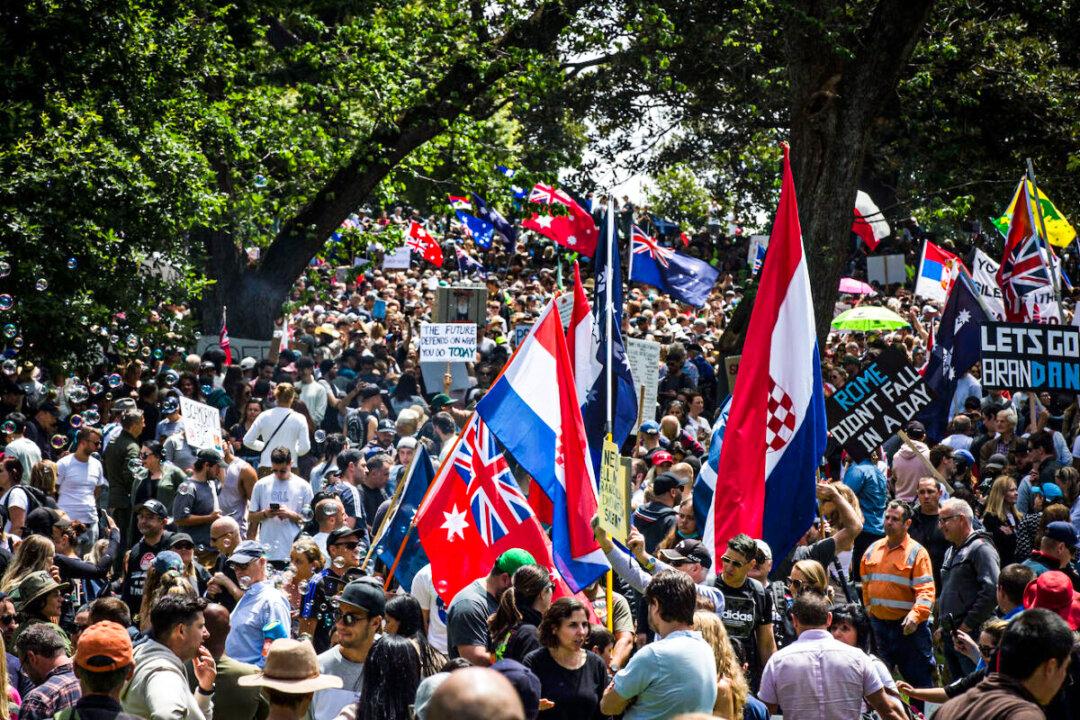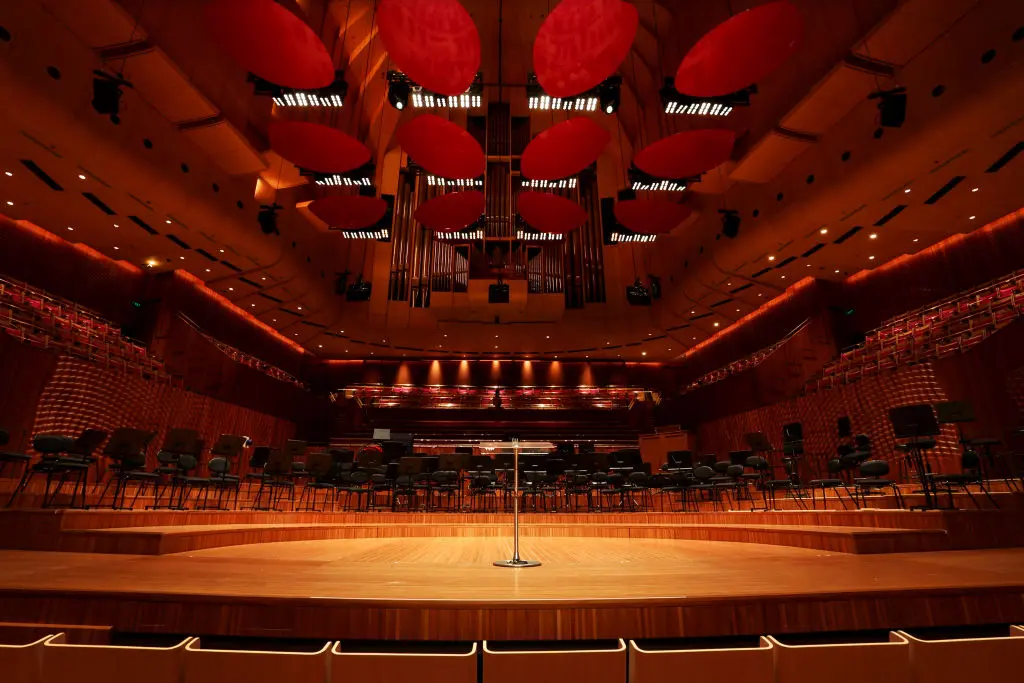Tens of thousands of protestors who took to the streets of Melbourne in some of the largest protests so far against government-mandated COVID-19 health regulations hailed from a broad cross-section of society—including the wealthiest segment of the state—and were not extremist or fringe elements portrayed by some media outlets.
A new “heat map” from market research firm, Roy Morgan, tracked the home locations of individuals who attended protests on Nov 20 in front of Victoria’s Parliament House from 11 a.m. to 2.30 p.m.





